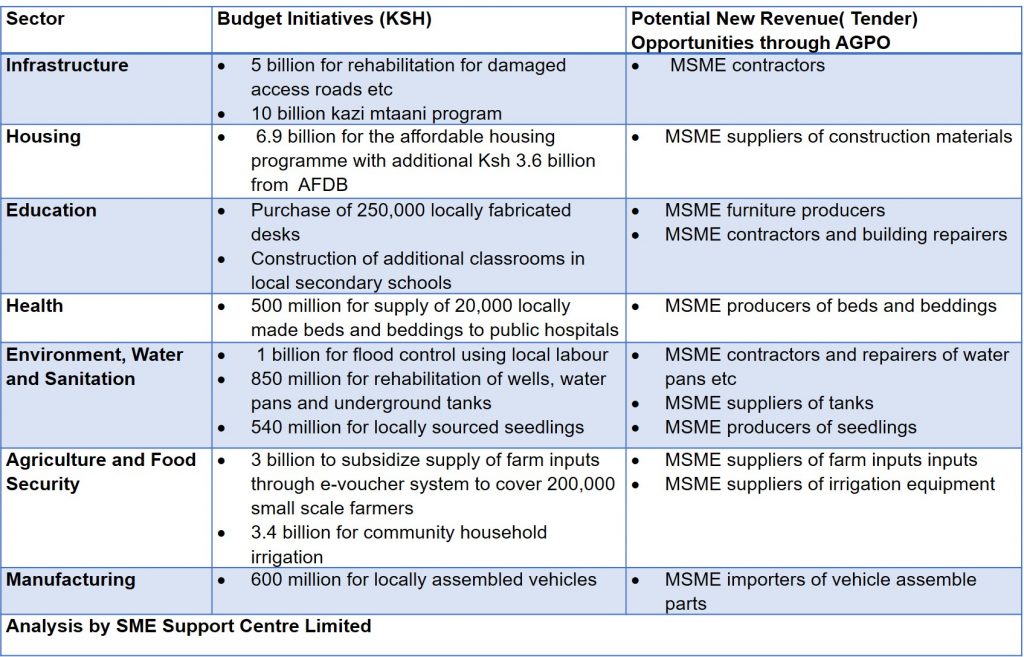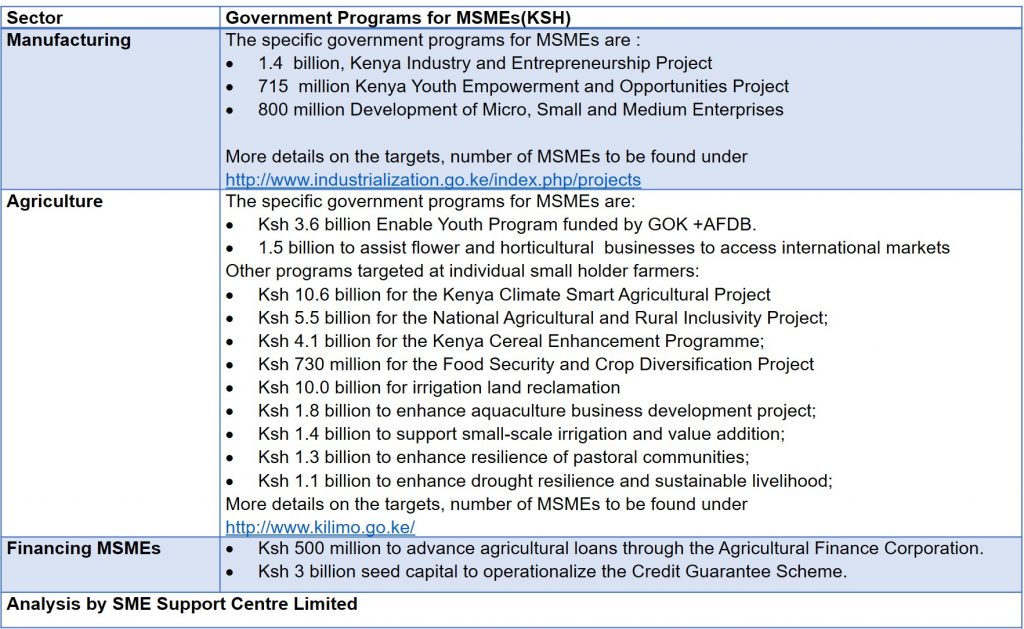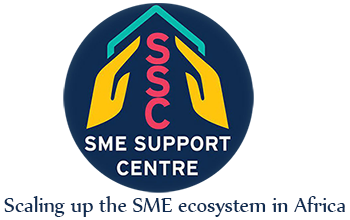The Minister of Finance, through the Kenya Budget 2020, announced billions of shillings in expenditure for various initiatives in various sectors.The key question by various MSMEs has been how can I possibly plug in? From the budget, the MSME opportunities can be stripped into two levels, the first is the NEW business or revenue opportunities arising from the budget that ANY independent MSME can take advantage of through the tender supplies that will be advertised through the Access to Government Opportunities Portal (AGPO).The second are the technical assistance programs designed specifically for MSMEs which are to be hosted, delivered and managed by government ministries either directly or through consultants hired by the Ministries.
Let us begin by looking at the FIRST case of the potentially new business and revenue opportunities that M壯陽藥 SMEs can tender for once advertised. This is shown in the table below.

As noted in several articles and opinions, about 70% of Kenyan MSMEs businesses are informal . From the table, it is important to note that for micro-enterprises like Jua Kali artisans to be able to take advantage of these opportunities they will need to be formal and demonstrate the ability to provide a consistent volume of products and of a consistent quality. This therefore presents an opportunity for TWO key ecosystem interventions in this sector. The first is aggregation of several artisans to form a legal, formal entity that can tender for these opportunities. The second is through a micro-franchising model that will see these artisans produce and supply some products such as beds, furniture, building supplies through already existing and established local small or medium enterprises through the creation of local micro-franchise brands.
The SECOND case of potential opportunities for MSMEs is through the technical assistance programs hosted and implemented by government ministries as shown below:

It is important to note the budgets for specific government programs for MSMEs are implemented through the ministries and cover the ministries expenses to deliver those projects including any professional fees for any consultants hired by the ministries. Two noteworthy projects above are the ENABLE YOUTH program in agriculture and the Kenya Industry Entrepreneurship Project(KIEP) in manufacturing which will further provide financing (grants +debt) to the selected youth led businesses and MSMEs respectively. These programs will be accessed through a call for application for MSME businesses which will be announced. The rest of the other interventions or programs particularly in the agriculture sector are rolling ministry programs which provide capacity building initiatives directly to small holder farmers across the country through government extension officers and farmer associations.
In our opinion, in order to achieve a systemic change and growth in the MSME ecosystem in Kenya, significant efforts should be geared towards formalizing and aggregating the micro-enterprises sectors through legal instruments that will allow them take advantage of the great buy Kenya, build Kenya initiatives that have been outlined in the 2020 Budget. We must further invest in already existing aggregated models formed by micro-enterprises such as Kariobangi light industries, Kariokor leather market and others through various technical assistance initiatives such as common manufacturing facilities that will ensure they are able to provide products of consistent quality and quantity to take advantage of the local and export markets. These aggregation initiatives will ensure the systemic MSME challenges of access to market and access to finance are finally addressed once and for all.
